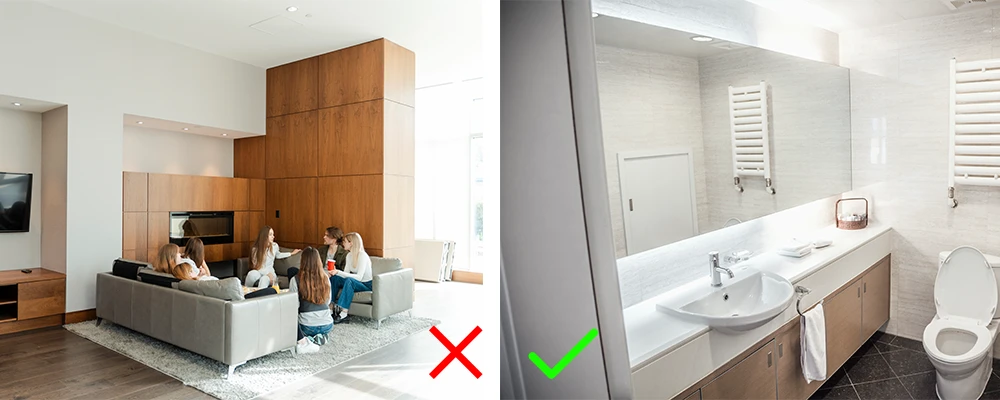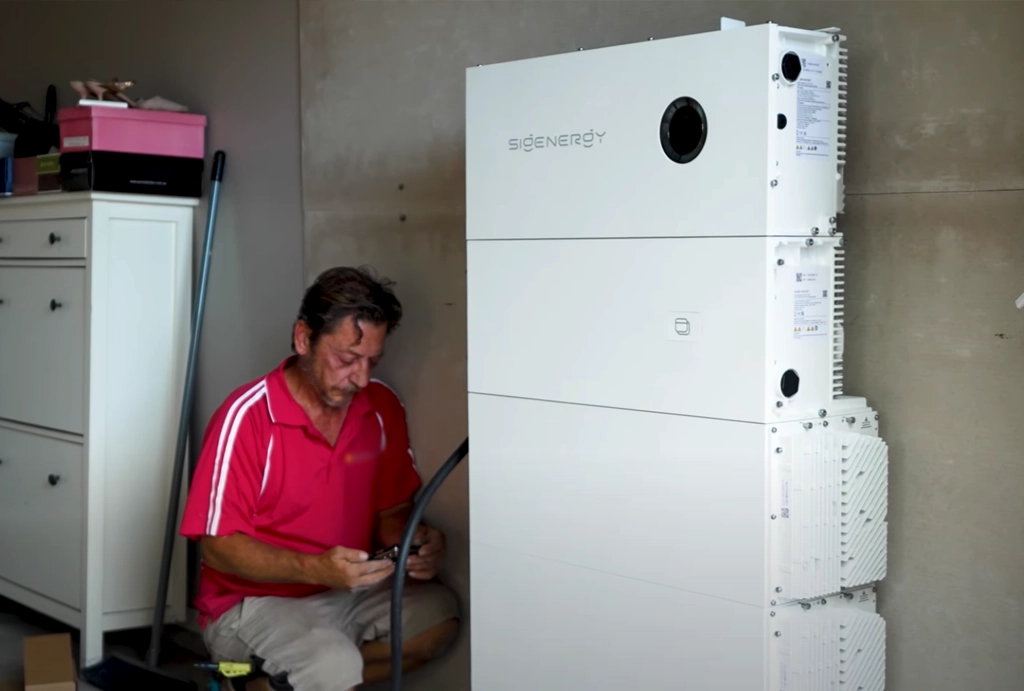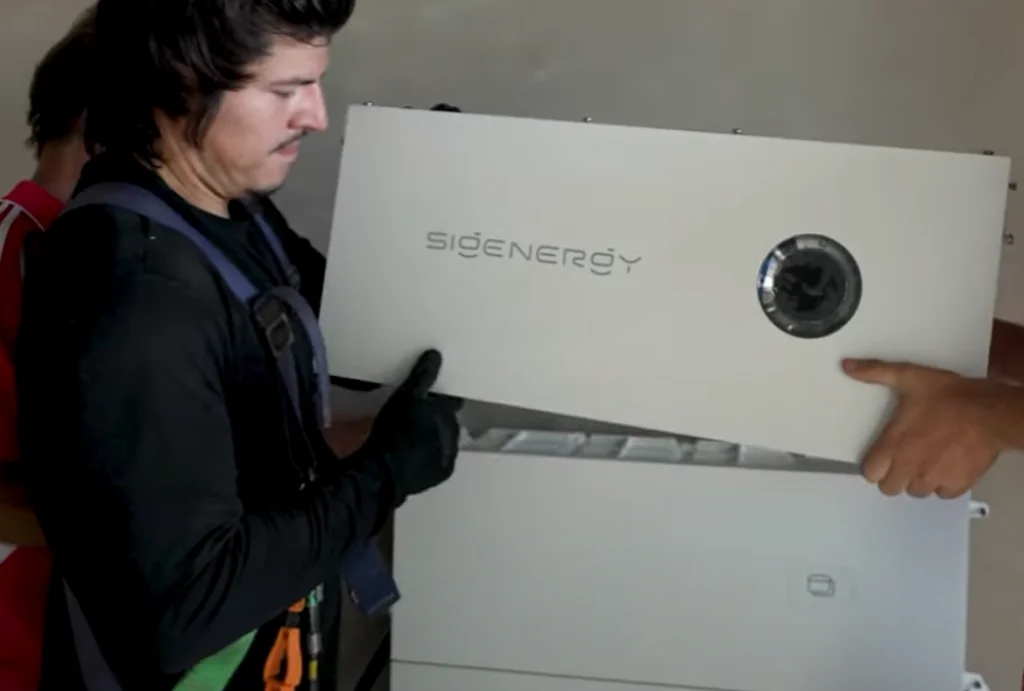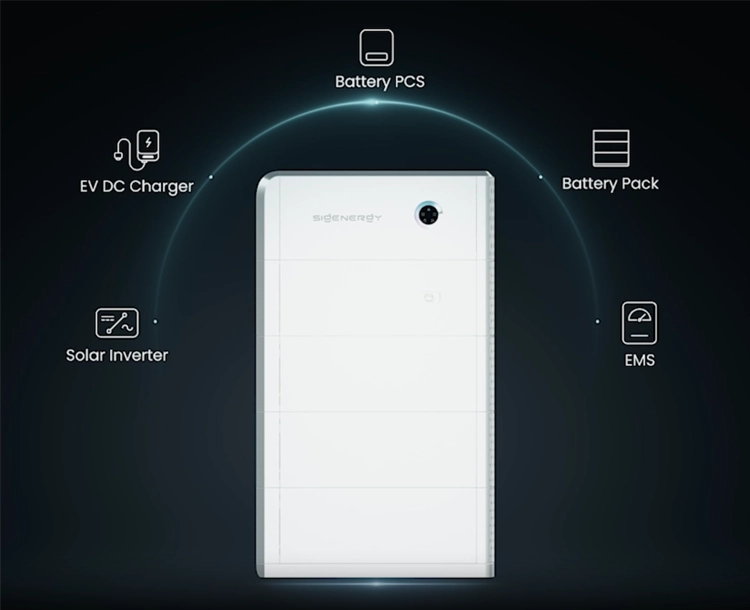Battery Installation Rules and Standards in NSW
- Logan Haggerston
Battery Installation Rules in NSW: Our Commitment to Safe and Compliant Systems
As more Newcastle homeowners choose to add battery storage to their solar systems, it’s important to understand that not every spot on your property is suitable for installation. The rules and standards around battery placement are there for a reason — to protect your home, your family, and your investment.
At HCB Solar, we follow every requirement set by Australian Standards and NSW regulatory authorities, ensuring your system operates safely and efficiently for years to come.
The Standards We Follow
In New South Wales, home battery systems must comply with:
- AS/NZS 5139:2019 — Electrical installations – Safety of battery systems for use with power conversion equipment
- AS/NZS 3000:2018 — Wiring Rules
- Guidance from NSW Fair Trading, ERAC (Electrical Regulatory Authorities Council), and your local distributor such as Ausgrid or Endeavour Energy
These standards outline exactly how and where batteries can be installed, including clearances from windows, doors, and gas meters, as well as the need for non-combustible fire barriers and impact protection where required.
Our goal is simple:
We position every battery so it’s protected from heat, gas, or vehicle impact, and doesn’t block any escape routes — ensuring long-term safety and compliance for your home.

Where We Can’t Install a Battery
Before we install a battery, we carefully assess your property and rule out any non-compliant locations. The following areas are not suitable for battery placement under NSW regulations:
- Hazardous areas defined in AS/NZS 3000, including within gas cylinder or gas meter exclusion zones.
- Most NSW gas networks require at least 1000 mm clearance from any gas meter vent or pressure relief outlet.
- Walkways, stairwells, and exits — we never install batteries where they could block escape routes.
- Roof spaces, ceiling cavities, or wall recesses, unless housed in a sealed, fire-rated enclosure.
- Habitable rooms such as bedrooms, living areas, kitchens, or studies.
- Walls backing habitable rooms, unless a compliant non-combustible fire barrier is installed first.
What Counts as a Habitable Room
In NSW, the National Construction Code (NCC) defines habitable rooms as any spaces used for living, sleeping, cooking, or studying — including bedrooms, living rooms, and home offices.
Non-habitable rooms include bathrooms, laundries, and garages.
If a wall backs onto a habitable room, we install a non-combustible barrier between the battery and that wall or choose a safer alternative location.

Minimum Clearances and Separation Distances
We always follow both the Australian Standards and the manufacturer’s installation manual to ensure correct spacing. The general minimums we apply in NSW include:
- Windows and vents into habitable rooms:
At least 600 mm horizontally and 900 mm below any opening. - Doors and exits:
At least 600 mm from any narrow exit (≤ 900 mm wide).
For wider openings such as garage doors, we maintain space so a person can pass more than 1000 mm from the nearest edge of the battery. - Electrical appliances:
We keep at least 600 mm horizontally and 900 mm vertically from other appliances such as air conditioners, water heaters, or cooktops. - Gas equipment:
We maintain all gas separation distances as per AS/NZS 3000 and NSW gas network requirements.
Fire Barriers for Walls Backing Habitable Rooms
If a battery is installed on a wall that backs a habitable room — or within 300 mm of it — we fit a non-combustible fire barrier before mounting the unit.
Approved barrier materials include:
- Brick or concrete block
- Compressed fibre cement sheet
- Ceramic or terracotta tiles
The barrier must:
- Extend 600 mm beyond each side of the battery
- Extend 900 mm above the top
- Cover the ceiling if the battery is within 900 mm of it
- Be fully sealed with fire-retardant sealant (no openings larger than 5 mm)
We take these requirements seriously and document every step during installation.
Access, Egress and Impact Protection
We maintain clear and safe access around every battery installation. NSW regulations require at least 1 metre of clear space for movement and emergency access.
If the battery is installed in a garage or driveway, we assess the potential for vehicle contact. Where needed, we install steel bollards or other physical barriers to protect the unit from impact.
When Bollards Are Required
Bollards are required whenever there’s a chance a vehicle could strike the battery.
We install fixed steel bollards, usually 900 mm high, anchored securely to the concrete slab. These are positioned to protect the full width of the battery while keeping airflow and service access clear.
If the battery is installed behind a permanent wall, bench, or barrier that already prevents vehicle contact, a bollard may not be needed — but we always document our reasoning for compliance.

Indoor vs Outdoor Installations
We generally install batteries outdoors or in garages that meet ventilation and clearance requirements.
Indoor installations are limited to non-habitable rooms only, and we apply every relevant clearance and barrier rule when doing so.
Manufacturer Clearances Still Apply
Each manufacturer provides their own clearance requirements for safe operation and maintenance.
For example, the Tesla Powerwall 3 installation guide specifies:
- 100 mm on each side
- 50 mm above
- 20 mm below
- 300 mm clear in front
- 100–150 mm between side-by-side units
We always apply the greater of the manufacturer’s or the AS/NZS standard distances to ensure full compliance.
Testing, Labelling and Documentation
Every HCB Solar installation is completed and tested to meet all Australian Standards, including:
- AS/NZS 5139 and AS/NZS 3000 (for installation and safety verification)
- AS/NZS 4777.1 and AS/NZS 5033 (for inverter and PV connection requirements)
We handle:
- Full system testing and verification
- Correct labelling and earthing
- Wiring protection
- Commissioning documentation and handover compliance reports
All our installations are carried out by fully accredited and licensed electricians and inspected for quality assurance.
Local Considerations for Newcastle and the Hunter Region
Homes across Newcastle, Lake Macquarie, and the Hunter Valley often have humid coastal conditions and higher summer energy use due to air conditioning, pools, and EV charging.
We assess your site holistically — checking meter locations, wall structure, shading, and access — to choose the safest and most convenient battery position that meets every standard.
If you’re planning to expand your system in future, we’ll make sure there’s room for additional batteries or inverters without breaching clearance rules.
Our Commitment to Safety and Compliance
At HCB Solar, we don’t take shortcuts. Every battery installation we complete follows AS/NZS 5139, AS/NZS 3000, and all NSW Fair Trading and ERAC safety requirements.
We measure every clearance, fit fire barriers where required, add impact protection when needed, and document every detail. When we hand over your system, you’ll have full confidence it meets every rule — and will perform safely through every season.
If you want your battery installed the right way — safely, compliantly, and by experienced local professionals — talk to the team at HCB Solar.
Key Takeaways
- All installations must comply with AS/NZS 5139 and AS/NZS 3000.
- Batteries cannot be installed in or near habitable rooms.
- Minimum clearance and separation distances apply.
- Impact and fire protection are mandatory where needed.
- Every HCB Solar installation is tested, documented, and certified.
Lorem ipsum dolor sit amet, consectetur adipiscing elit. Ut elit tellus, luctus nec ullamcorper mattis, pulvinar dapibus leo.





